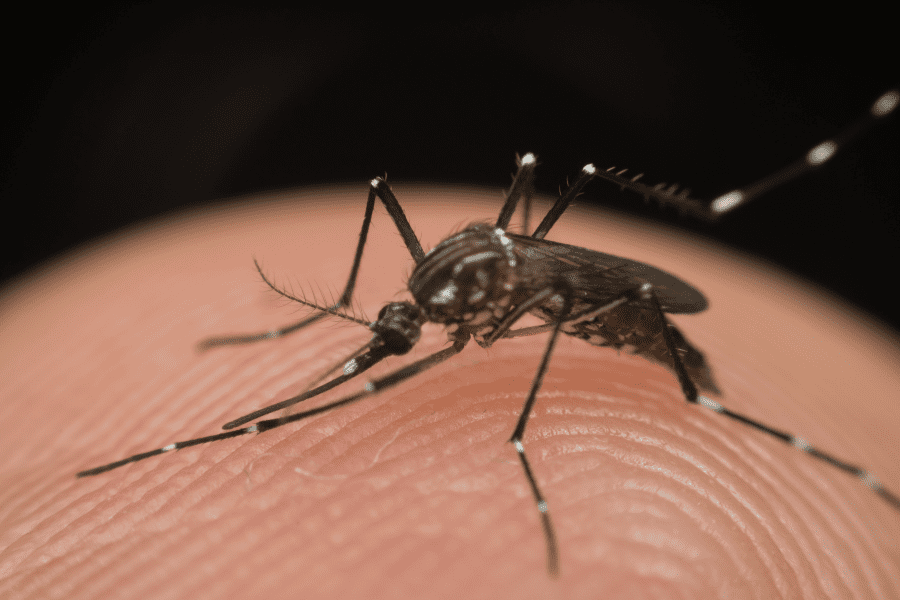The Zika Toolbox


In the complicated discussion about suppressing the Zika virus, every expert in public health and mosquito control seems to agree on one thing: there’s no consensus on the best approach to the challenge it presents.
A flurry of activity has been going on for months to identify the most effective protocols, best products and most compelling educational tools – but to what end? Granted, this is different. But we have the knowledge and tools to begin – now.
First we have to understand what we know about the mosquitoes we need to control. Both Aedes aegypti and Aedes albopictus have been qualified as the vectors of the Zika, which would put a significant portion of the United States at risk. Both vectors present challenges not often seen in domestic mosquito control: how to address day-biting, container-breeding mosquitoes with a penchant for human blood meals?
Common Sense and Using What We Know
I spoke with a medical entomologist recently who encapsulated the challenge succinctly: with so much still unknown about Zika virus and how to suppress container breeder populations, we need to step back and use common sense.
First, recognize this is going to take public education and feet on the ground. Plain and simple. These cryptic breeders that don’t travel far from their primary meal source (us) are going to be found literally in our back yards. Even in our houses if we let them. So we must enroll the public to be a key part of the solution.
Second, don’t wait! We know we can’t control them all. But we can suppress the overall population by maintaining a vigilant wide-area control program. And if we wait for local transmission then we have an uphill battle on our hands.
Third, let’s recognize there are products with proven track records for controlling Ae. aegypti and albopictus, both internationally and in the U.S. These newer products have next-generation formulations and offer a more benevolent environmental footprint.
Natular®, a spinosad-based larvicide, offers formulations specifically designed for disease-carrying, container-breeding mosquitoes. Granular and tablet formulations provide characteristic uniform, long-lasting control, minimizing the need for repeat treatments and making more efficient use of limited manpower. A 2009-10 study showed it was “highly effective larvicide against Ae. aegypti and Ae. albopictus.”[i]
Roust Day-Biting Mosquitoes During Nighttime Applications
For adult control, the problem is a bit more challenging. Unlike most of the mosquito control out breaks in recent years, the Zika virus is transmitted by mosquitoes that prefer to bite during daytime hours and harbor indoors. Traditional adult mosquito control, customarily done between dusk and dawn, may need to be modified.
Treatments conducted an hour before sunset, or the hour after sunrise will provide greater opportunity for control. While residents understand the protocols for traditional nighttime applications, we need to increase public understanding for these modified applications.
The mosquito adulticide Duet® combines prallethrin and sumithrin that, together, demonstrate a unique performance characteristic known as “benign agitation.” This causes resting mosquitoes to leave harborage and interact with the spray cloud for effective control – without a biting frenzy. This benign agitation allows nighttime applications to be increasingly effective with day biters. According to researchers in a study published in 2013, “the behavioral (excitation) responses to Ae. aegypti and Ae. albopictus to excitatory active ingredients such as prallethrin and sumithrin expose them to more ULV droplets and reflects their potential value in controlling these…vectors.”[ii]
Shared Challenges, Shared Experience
Our industry has the expertise and infrastructure to keep Zika suppressed in the states. Mosquito control districts across the U.S. have proven their resourcefulness, innovation and ability to respond when needed. I encourage all to share your learnings and insights with each other and with neighboring communities or counties that may be taking on mosquito control for the first time. With a little cooperation and common sense we can go a long way in suppressing Zika. The CDC has thorough overview of a response guide for states, which really is an outline for any control program.
[i] “Spinosad: Efficacy and Persistance Agasint Container Inhabiting Mosquitoes “, Scott Crans, published January 2016
[ii] G. Clark, F. Golden, S. Allan, M. Cooperbrand, J. McNelly. “Behavioral Responses of Two Dengue Virus Vectors, Aedes aegypti and Aedes albopictus (Diptera: Culicidae), to DUET and its Components” Journal of Medical Entomology, 50(5):1059-1070. 2013.